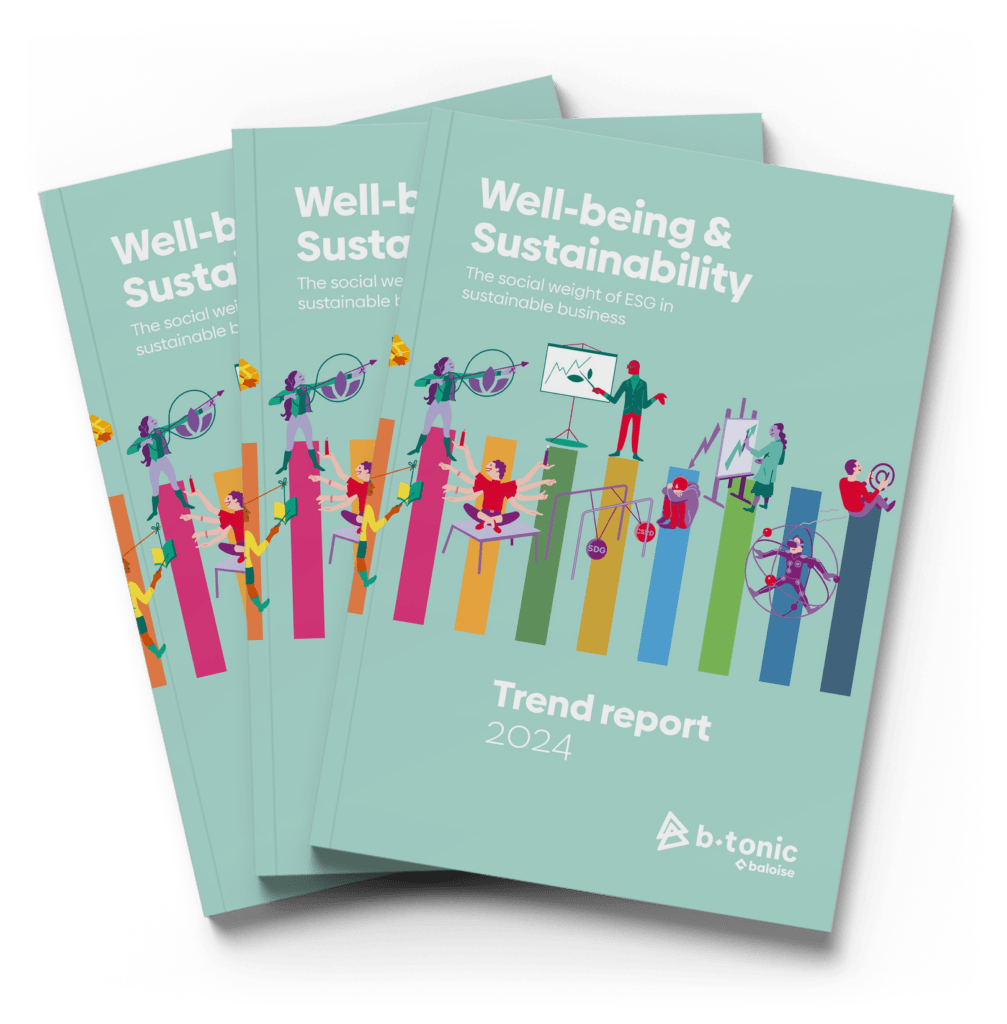Only a third of managers have a style that helps prevent burnout
Research by Securex and KU Leuven shows that leadership style determines up to 32% of employee mental well-being and up to 24% of employee performance. Only one in three managers has a style that helps prevent burnout.
The Securex and KU Leuven research defines three different profiles of leadership with which employees may come into contact: supportive, toxic and undefined leadership. These leadership styles determine 32% of burnout risk among employees. Only one in three (33%) employees have a supportive leader whose leadership helps prevent burnout. But 1% of those who have a manager with a supportive leadership style are at risk of burnout. Of those who have a toxic leader, more than half (54%) are at risk of burnout and 38% even risk dropping out any moment now. According to the study, 5% of employees deal with a toxic leader and 62% with an undefined leader, which refers to a leader who exhibits both supportive and toxic behaviour. An undefined leadership style can also lead to employee burnout: 18% of employees whose leader uses an undefined style could drop out at any time.

Leadership style impacts employee well-being as well
Besides impacting burnout risk, leadership style also determines up to 24% of how well employees perform. For instance, leadership style determines 16% of innovative behaviour, 21% of motivation and 24% of an employee’s productivity, regardless of gender, position or experience. The study shows that employees score significantly higher on these elements when they experience supportive leadership. For example, 92% of employees perform well when under positive leadership, but this drops to 51% under toxic leadership.
Supportive leadership versus toxic leadership
Those who experience supportive leadership see their important basic psychological needs are better met: on the one hand, autonomy, which makes employees feel they can be themselves and experience meaningfulness and freedom of choice, so they can stand behind the purpose of their tasks or projects. Next, supportive leadership creates a sense of belonging through positive relationships with others and through a close-knit team. Thirdly, this kind of leadership also supports competences in which employees can use and develop their talents optimally. In fulfilling these three needs, supportive leadership also provides structure, in the form of goals and boundaries defined together whenever possible. This contrasts sharply with a toxic leader, who comes across as controlling and passive and who offers little to no structure or vision. A leader with an undefined style contains all these characteristics, but not to the extent of being considered a supportive or toxic leader.
B-Tonic as strategic well-being partner
B-Tonic helps organisations increase well-being at work. We do this through advice, training courses and a wide range of science-based tests and scans. Thanks to a strategic and sustainable well-being policy, we aim to improve the mental and physical health of entrepreneurs and their employees. As a strategic well-being partner we work both preventively and solution-oriented, so well-being becomes the lever for increasing employee motivation, connectivity and productivity as well. Because an employee who is motivated and feels good about themselves propels a company towards success.
More insight in an impactful well-being policy for your company?
About the research
The figures in this research come from an online survey on various HR domains that Securex conducted in 2021. The sample comprises 1364 salaried employees and is representative of the Belgian labour market in terms of gender, status and region.
The links with well-being and performance concern the ‘pure impact’ of a leadership profile, thus excluding the influence of other relevant variables such as gender, status, age, experience and the extent of working remotely. It is true that the direction of the relationship is sometimes possible in the opposite direction as well, as this is a cross-sectional study and not a longitudinal one.
KU Leuven helped monitor the quality of the research conducted: The questionnaires to measure the leadership profiles and three basic psychological needs were provided by KU Leuven. The ‘Burnout Assessment Tool’ (BAT) was developed by KU Leuven.





